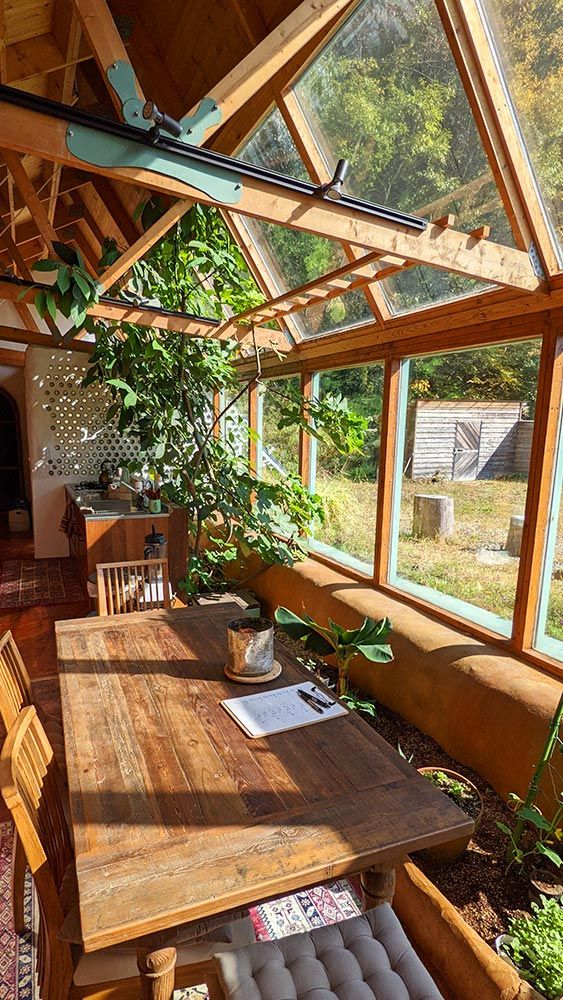
Sustainable home design is an approach to building and renovating homes that focuses on minimizing the environmental impact of the structure, reducing energy consumption, and promoting the use of renewable resources. This design approach considers a wide range of factors, such as energy efficiency, water conservation, waste reduction, and indoor air quality. Sustainable homes are built using eco-friendly materials, such as recycled wood, bamboo flooring, and energy-efficient windows. They are also equipped with high-performance insulation, solar panels, and energy-efficient appliances to reduce the home’s carbon footprint. Additionally, sustainable home design often includes features such as rainwater harvesting systems, green roofs, and passive heating and cooling systems to further enhance the home’s sustainability. By incorporating sustainable design principles into the construction or renovation of a home, homeowners can reduce their environmental impact, decrease their energy bills, and create a healthier living environment for themselves and their families.
Sustainable home design is an increasingly popular trend in the construction industry, with homeowners and developers alike recognizing the importance of reducing their environmental impact. By implementing eco-friendly practices and using materials that are both renewable and energy-efficient, sustainable homes are able to significantly decrease their carbon footprint. From utilizing solar panels for energy production to incorporating natural ventilation systems, there are numerous ways in which sustainable home design can benefit both the environment and its occupants.
One of the key principles of sustainable home design is the use of recycled and repurposed materials. By incorporating reclaimed wood, recycled glass, or upcycled furniture, homeowners can reduce the amount of waste sent to landfills while also adding unique character to their living spaces. Additionally, using materials that are locally sourced can further reduce the carbon emissions associated with transportation, supporting the local economy in the process. By prioritizing sustainable materials in the construction and renovation of homes, individuals can contribute to the larger goal of reducing harmful effects on the environment.
Furthermore, sustainable home design goes beyond just materials and construction methods – it also encompasses energy efficiency and water conservation practices. Installing energy-efficient appliances, LED lighting, and smart thermostats can significantly reduce a home’s energy consumption and utility bills. Harvesting rainwater for irrigation and using low-flow fixtures can also help conserve water resources, ensuring that homes are both environmentally friendly and cost-effective in the long run. By incorporating these sustainable practices into their homes, individuals can not only reduce their ecological footprint but also save money and promote a greener way of living.
As the demand for sustainable living continues to grow, so too does the importance of integrating eco-friendly practices into home design. By considering the environmental impact of their choices and opting for sustainable materials and technologies, homeowners can create spaces that are not only beautiful and functional but also mindful of their impact on the planet. From reducing waste and energy consumption to supporting local communities and conserving resources, sustainable home design offers a multitude of benefits that can positively impact both individuals and the environment as a whole.
 home decor trends
home decor trends



